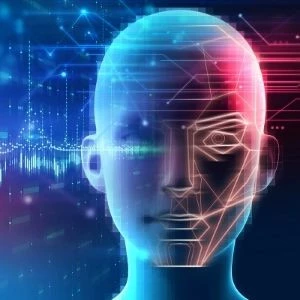The Most Successful Examples of AI in the Public Sector
We looked at some clearcut examples of good use of Artificial Intelligence in the Public Sector Today
Add bookmark
There is no doubt that artificial intelligence (AI) is progressing rapidly and has the potential to change many sectors of society. No better can we witness this in action than in the public sector, where the power to harness AI at scale is already being applied. Here are some of the best examples of how AI is being used to make government services smarter and more efficient.
The NHS is one of the largest employers in the UK and provides free healthcare to its citizens. It recently announced a new initiative to use AI technology to identify patients with eye conditions at an earlier stage and prevent sight loss. This could reduce the number of people needing treatment by between 15% and 25% and cut NHS spending by up to £290 million per year. NHS Digital is also trialling an automated system for diagnosing cancer and other illnesses that could save thousands of hours a year in doctors’ time and reduce the time between referral and the receipt of a diagnosis from six months to two weeks. These systems will have to undergo rigorous testing before they can be implemented, but they could have a huge impact on the quality of healthcare available to UK citizens in the future.
Another example of public sector harnessing the power of AI is in the field of social care. Social care is a range of services designed to help vulnerable people live independently in the community or to stay in their own homes for as long as possible. Research has shown that up to a third of people with a learning disability would prefer to live at home rather than live in residential care, but many people find this difficult due to a lack of support and resources. The use of AI could transform the social care sector by enabling the government to monitor patient welfare and identify those in need of assistance before a crisis occurs. This could dramatically improve the quality of life for millions of people and help to prevent the crisis of loneliness that many elderly people experience in later life.
A third example of the use of AI in government is the Civil Service. Governments often hire hundreds of thousands of civil servants across a range of departments, and many of them carry out highly complex tasks which require significant attention to detail and a high level of expertise. Many government departments also hold large amounts of data which can be analyzed and used to improve decision-making. However, data analysis can be time-consuming and expensive and can be difficult and time-consuming to produce high-quality results. This is where AI can help. AI systems can analyze large volumes of data very quickly and produce accurate and useful information without the need for human input. They could revolutionize the way that governments make decisions and help them to make better use of their limited resources.
In terms of infrastructure, sewerage and sanitation are also areas where AI is being used. For example, smart sewers have been developed which can detect the presence of different types of pollutants in the water, and then issue alerts when the levels exceed certain thresholds. These smart sewers can be installed alongside traditional sewers without any disruption to the normal functioning of the system, and they can provide valuable information which can be used to help local authorities improve waste management and reduce the environmental impact of their operations. Similar technologies can also be used in waste water treatment plants to monitor water quality and ensure that the levels of different contaminants do not exceed set limits.
Whatever your feelings about it, there is no doubt that artificial intelligence will play an increasingly important role in government over the next few years.






















